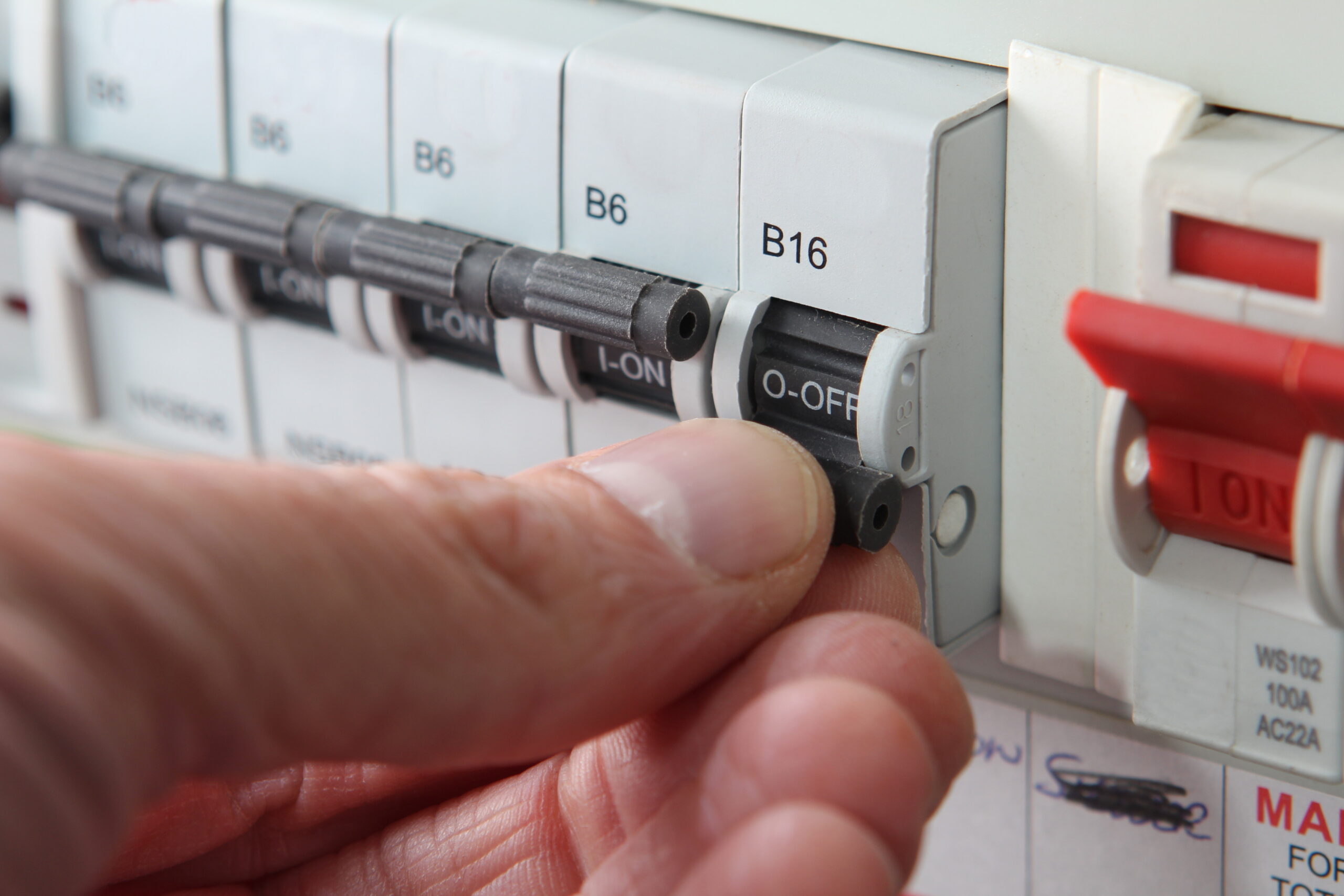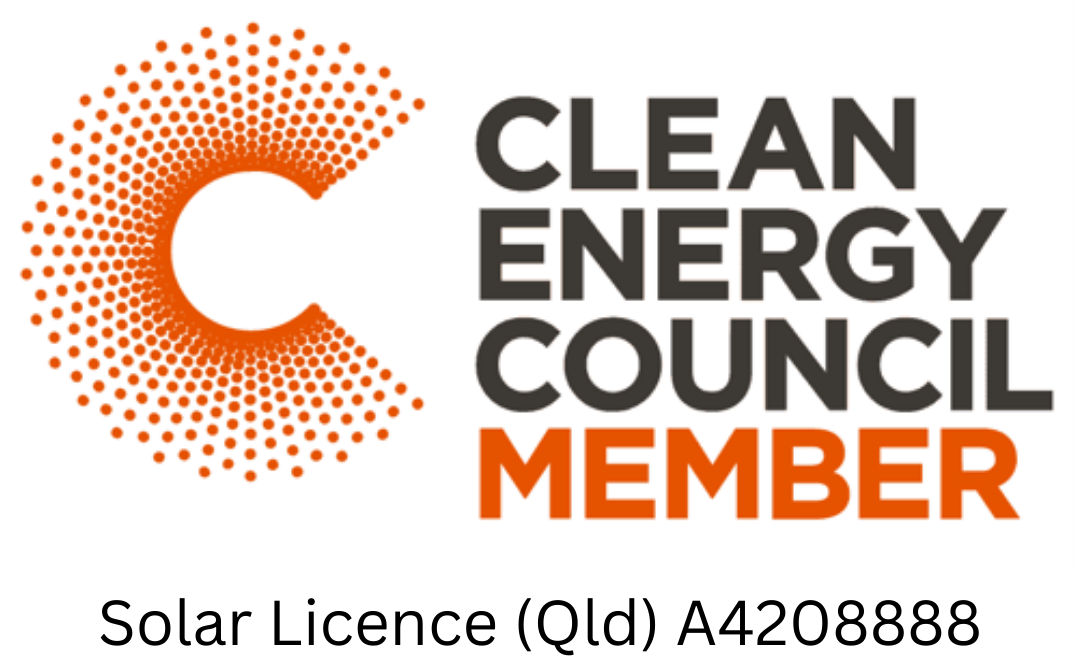LED Lighting Information
LED Lighting – General Information
1. What are the LED colour temperatures?
Otherwise called a Kelvin (K) is the measurement used when referring to the colour of the light. High Kelvin measurements (5000K+) are generally referred to as cool colours (blue white), while lower Kelvin measurements (2700-3000 K) are called warm colours (yellowish white through red).
Need professional electrical services from a local Master Electrician?
We Can Be There Today!
Book now
2. What is a light diffuser?
A diffuser is any device that diffuses (spreads out or scatters) light in some manner. Diffusers may use translucent objects, and can include ground glass diffusers, Teflon diffusers, holographic diffusers, opal glass diffusers, and greyed glass diffusers.
3. What is lighting efficacy?
In lighting design efficacy refers to the amount of light (lumens) produced by a light source as a ratio of the amount of power consumed to produce it – usually measured in watts.
In LED lighting you will see this as a lumens per watt measurement (lm/w).
W = lm / (lm/W)
4. What is a Kilowatt Hour?
A kilowatt hour, or kilowatt-hour, (symbol kW·h, kW h or kWh) is a unit of energy equal to 1000 watt hours. Most energy users will be metered and billed by energy retailers in cents per kWh. The higher your kWh rate the more incentive you have to save energy through efficient technologies such as LED lighting.
Beware of complicated charges on your electricity account that may make your rate look low, charges such as Demand, VEET, Market Participation and LRET Charges. These charges will also be reduced by energy efficient LED lighting.
5. What are lumens?
Lumens (lm) is a measurement of the total amount of visible light emitted by a source. The higher the lumen rating the brighter the light. When shopping for LEDs look for a strong level of lumens per watt of energy consumed or lm/watt.
6. What is lux?
LUX (lx) is measurement of brightness over a given area. It is equal to one lumen per square meter which is used as a measure of the intensity, as perceived by the human eye, of light that hits or passes through a surface.
LED Lighting – Fast Facts
1. How do you calculate the cost of operating a light bulb?
To calculate a lights operating cost per day, multiply the bulb wattage times the daily hours used, then divide by 1000 and multiply by your local utility cost per kwh (i.e. 75W x 6 hours divided by 1000 x $0.30 kwh = $0.13 per day to operate) ($49.27 per year)
2. How long will LED’s last?
Let’s put it this way. If your standard Halogen is to be replaced every 1-2 years, the expected lifetime of an LED is approximately 10 times your standard Halogen.
3. What is the difference between incandescent and halogen light bulbs?
Both incandescent and halogen light bulbs use a filament to produce light. Halogen bulbs operate more efficiently than incandescent bulbs because the filament is incased in a glass capsule, in a halogen gas atmosphere. Halogen lasts up to 3 times longer than equivalent incandescent bulbs, and produces a whiter, brighter light.
4. What is a CFL?
CFL stands for compact fluorescent lamp. It is a small fluorescent light bulb that uses 60% less energy and can last 5X longer than a traditional incandescent bulb.
5. Can LED’s be used with a dimmer switch?
Most downlights can be used with a dimmer switch.
6. How safe are LED’s?
Extremely safe compared to other traditional forms of lighting. LEDs emit no UV radiation, contain no mercury and operate at a much lower temperature thus reducing the risk of house fires.
Call today on 1300054488 or complete our Electrical Enquiry Form and one of our team will contact you soon to arrange a booking.








